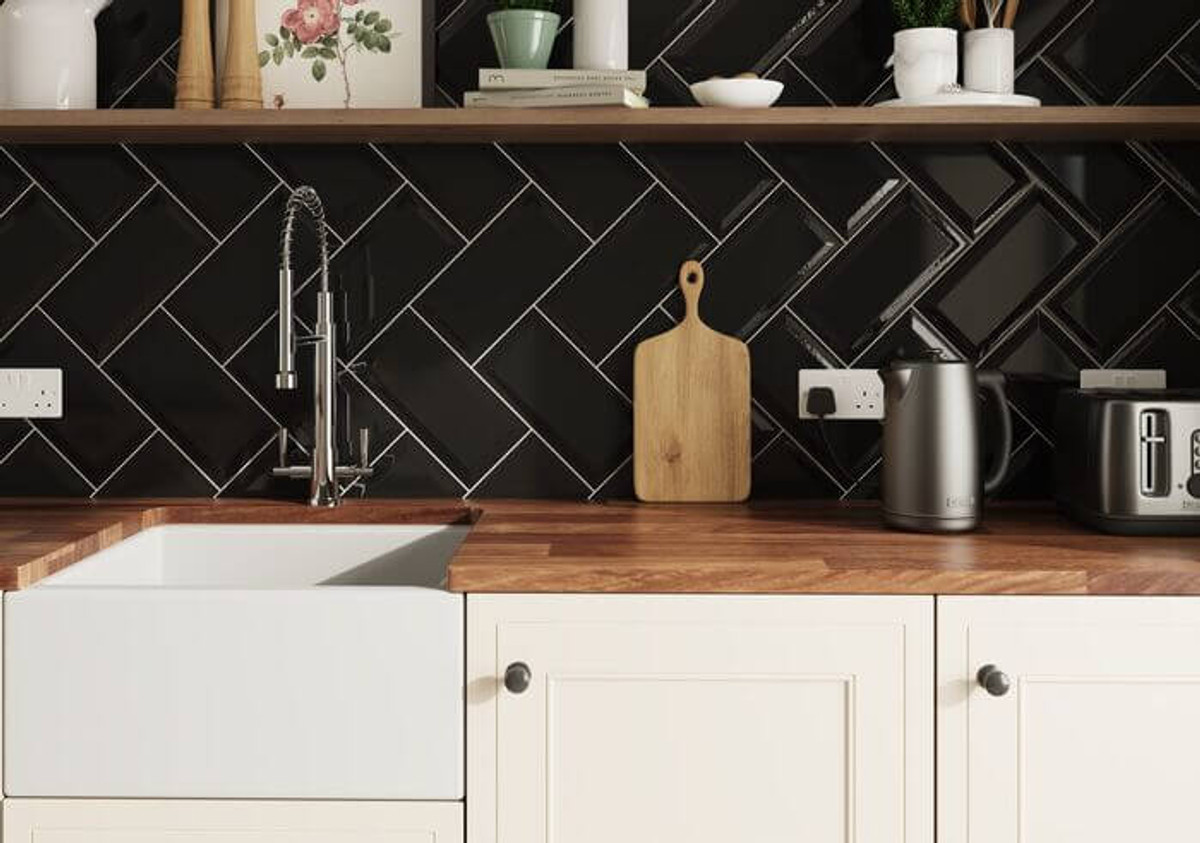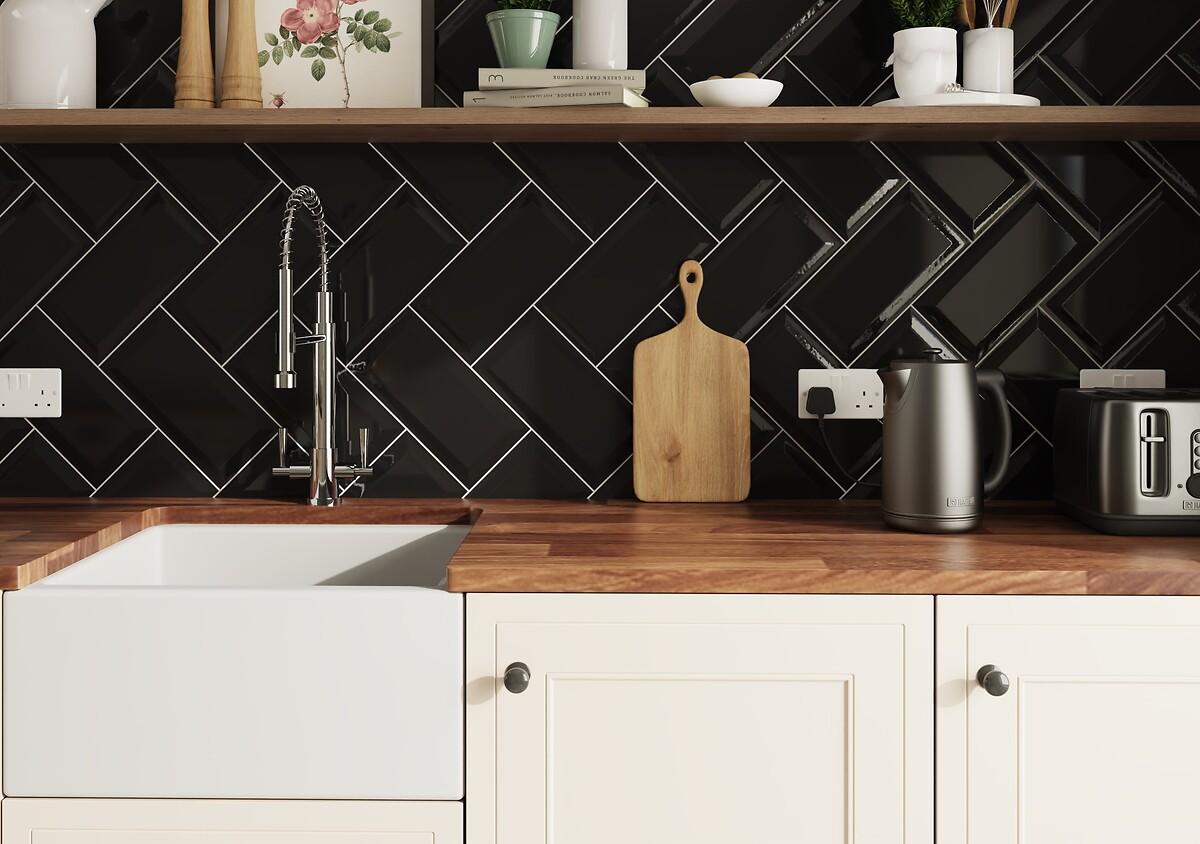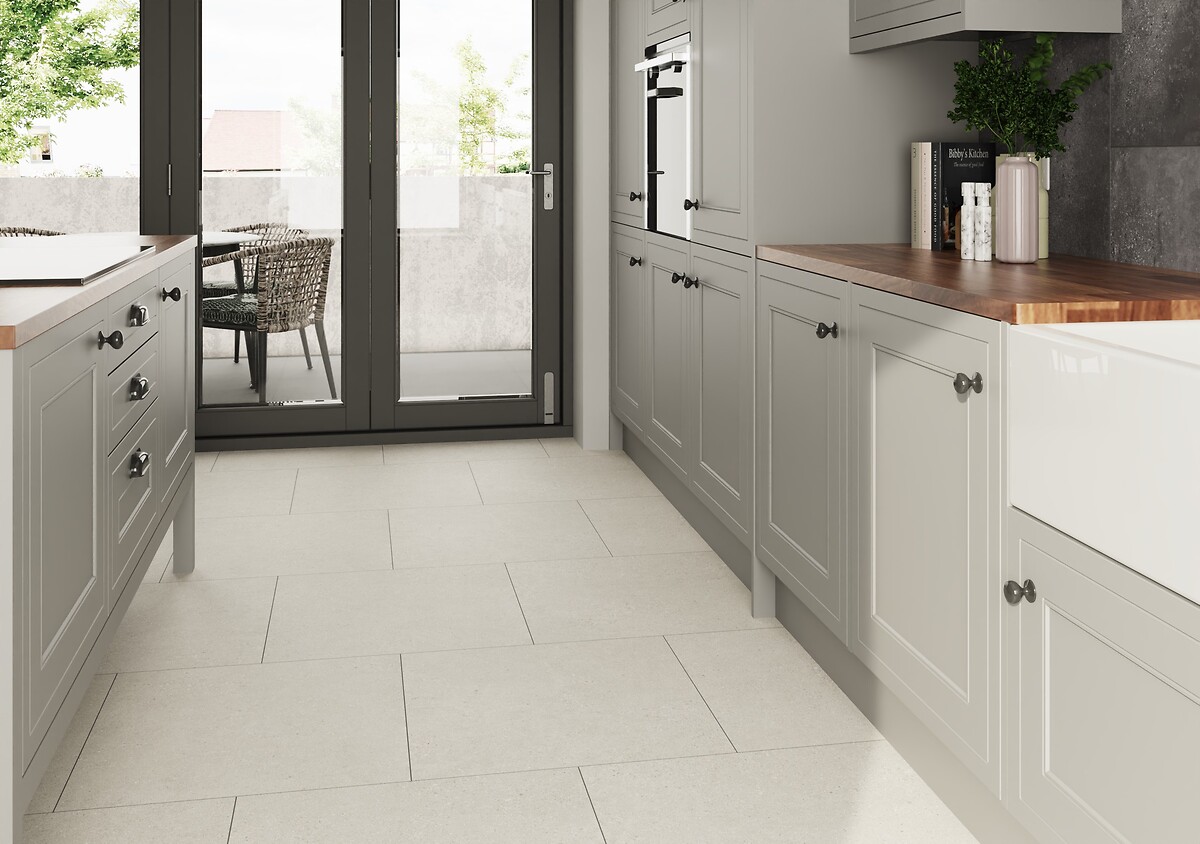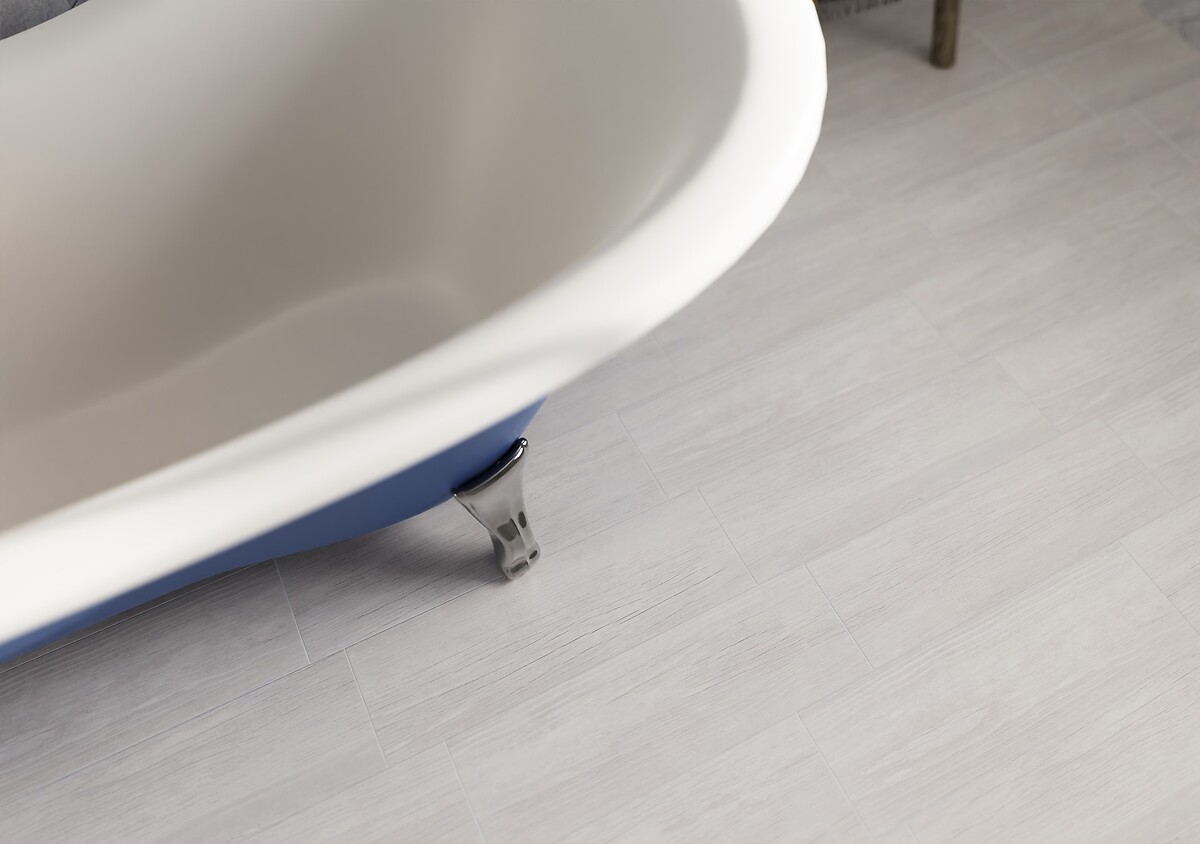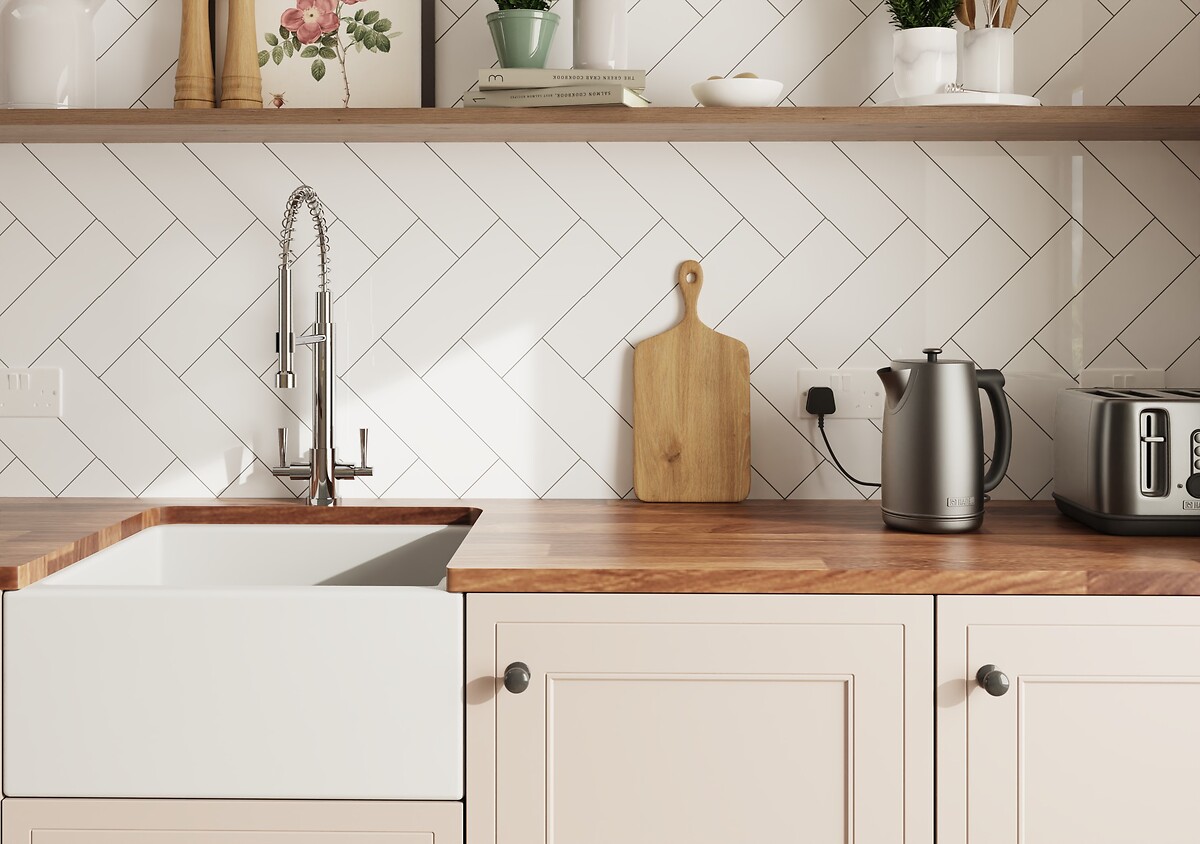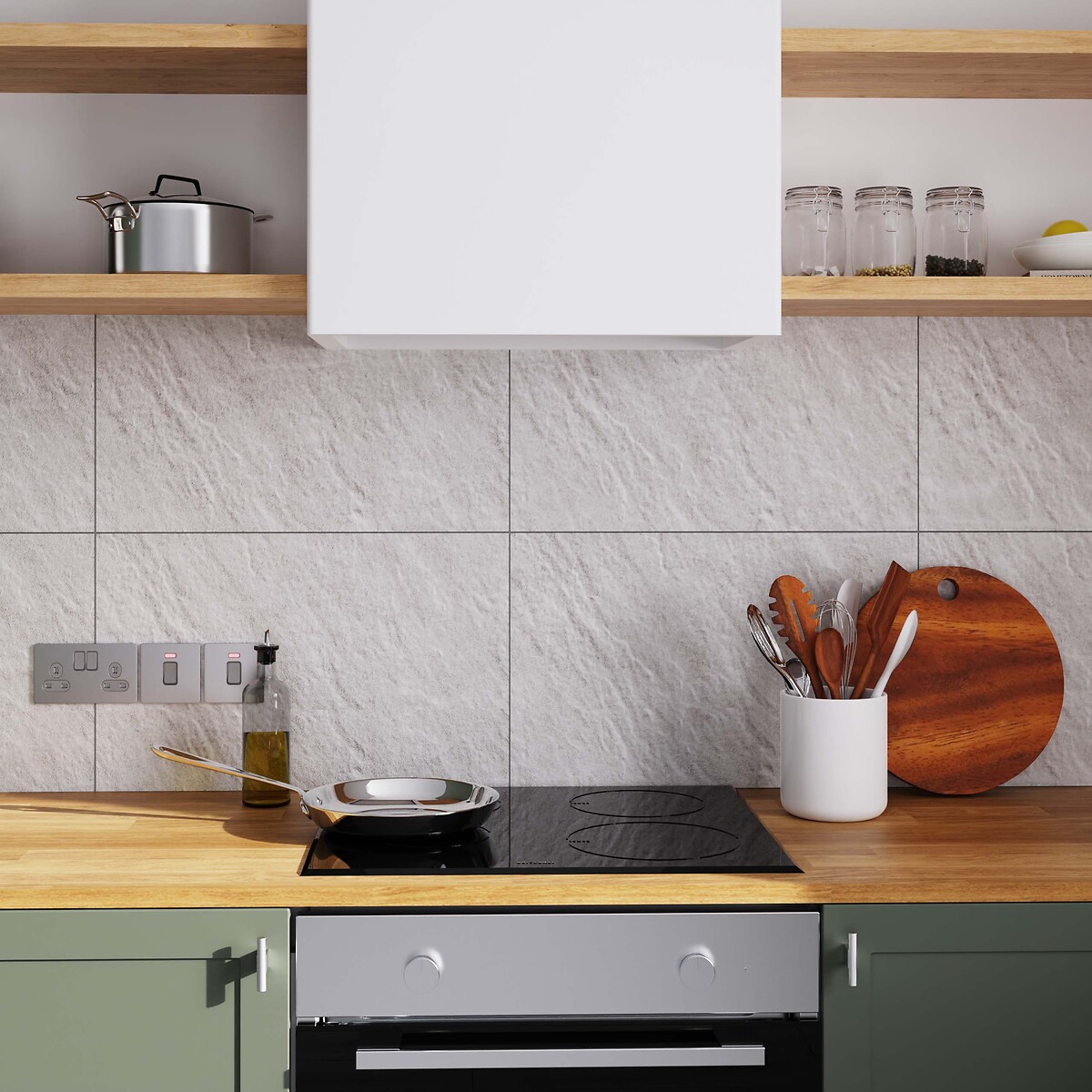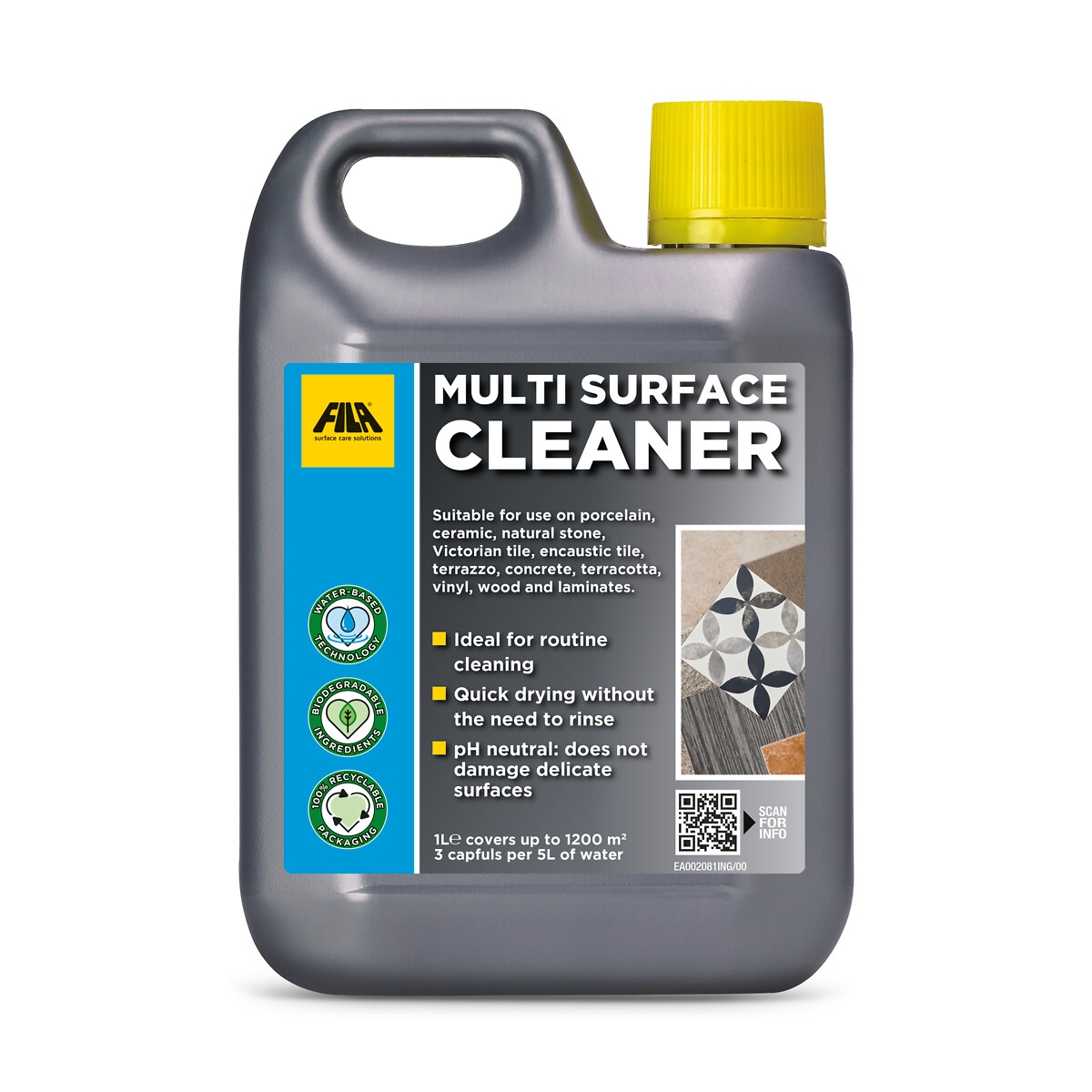Posted on Date 20th Dec 2023
How To Clean Kitchen and Bathroom Tiles
How to clean kitchen and bathroom tiles: 7 practical tips
One area of the home that can sometimes get missed when doing a deep clean is the tiles in the bathroom or kitchen. Whether it's the floors tiles or the wall tiles, like everything else, they will have accumulated a lot of dust and dirt over the winter months, which might not be obvious to the naked eye.
A deep clean of your tiles will help remove any dust or dirt and have them gleaming again in no time at all. In this guide, we will show you how to clean kitchen and bathroom tiles with the best practical tips.
With the right cleaning knowledge, products and methods, your tiles will look as good as new for many years to come. For example, did you know you should always clean wall tiles before moving onto the floor to minimise mess?
How to clean kitchen tiles
The kitchen can be a notoriously messy environment, particularly if you like to cook regularly for family and friends.
Tiles can be prone to spills, splashes and stains, with bright colours such as tomato sauce being a particular bugbear for anyone longing for a spotless kitchen. The good news is, there are many ways to keep even the busiest of kitchens clean.
Cleaning kitchen wall tiles
There's always going to be some level of dirt to grapple with in the kitchen. So, how to get grease off tiles? You can keep grime away with a simple homemade cleaning product.
- Pop a 50:50 diluted solution of white vinegar and water in a spray bottle and use this to spray your work surfaces after cooking. This will break down dirt without damaging your tiles.
- Wipe the solution away and be sure to buff dry to avoid any streaks.
- If you don't have any white vinegar to hand, lemon juice is a great alternative and a natural disinfectant.
You can also get hold of a professional cleaning product like Fila Multi Surface Cleaner. This cleans tiles delicately without attacking or affecting delicate surfaces and is perfect for all types of kitchen wall tiles including porcelain, ceramic, marble, granite and natural stone.
- Warm water breaks down fat whereas a clean cloth will ensure you're not wiping grease and fat back onto the walls. If your tiles still have a sticky coating that feels like grease residue, make a paste of bicarbonate soda and water and use this to scrub away any remaining greasy deposits.
Cleaning kitchen floor tiles
Once your kitchen wall tiles are looking spic-and-span, its time to clean your kitchen floor tiles. Remember, these should be done second to avoid having to redo your work if the floor becomes messy when cleaning the walls which probably will.
- To start, always vacuum the floor first. This removes as much dirt and dust as possible resulting in a much cleaner finish.
- You can then mop the floors with warm water and a high quality floor cleaner such as Fila Cleaner Pro.
- This can even be used on surfaces with polished finishes that are sensitive to stronger detergents. Remember to clean the mop water regularly to avoid spreading dirt or creating unsightly marks.
- Again, if you want to go down the home remedy route, combine 100ml white vinegar with 4.5 litres of warm water, mix well and wash the floors for an impressive shine.
How to clean bathroom tiles
Bathroom tiles are waterproof and incredibly durable, but they still need to be cleaned regularly to help get rid of dirt, soap scum, shampoo streaks and unsightly marks. A well-kept bathroom should glisten from floor to ceiling, so it's important to keep your cleaning routine on point.
As grout is highly porous, this must be cleaned regularly too to avoid a build-up of mould and mildew. Regular maintenance will also prevent discolouration and keep your tiles looking vibrant for longer. So, what should you do to get that highly sought-after glisten?
Cleaning bathroom wall tiles
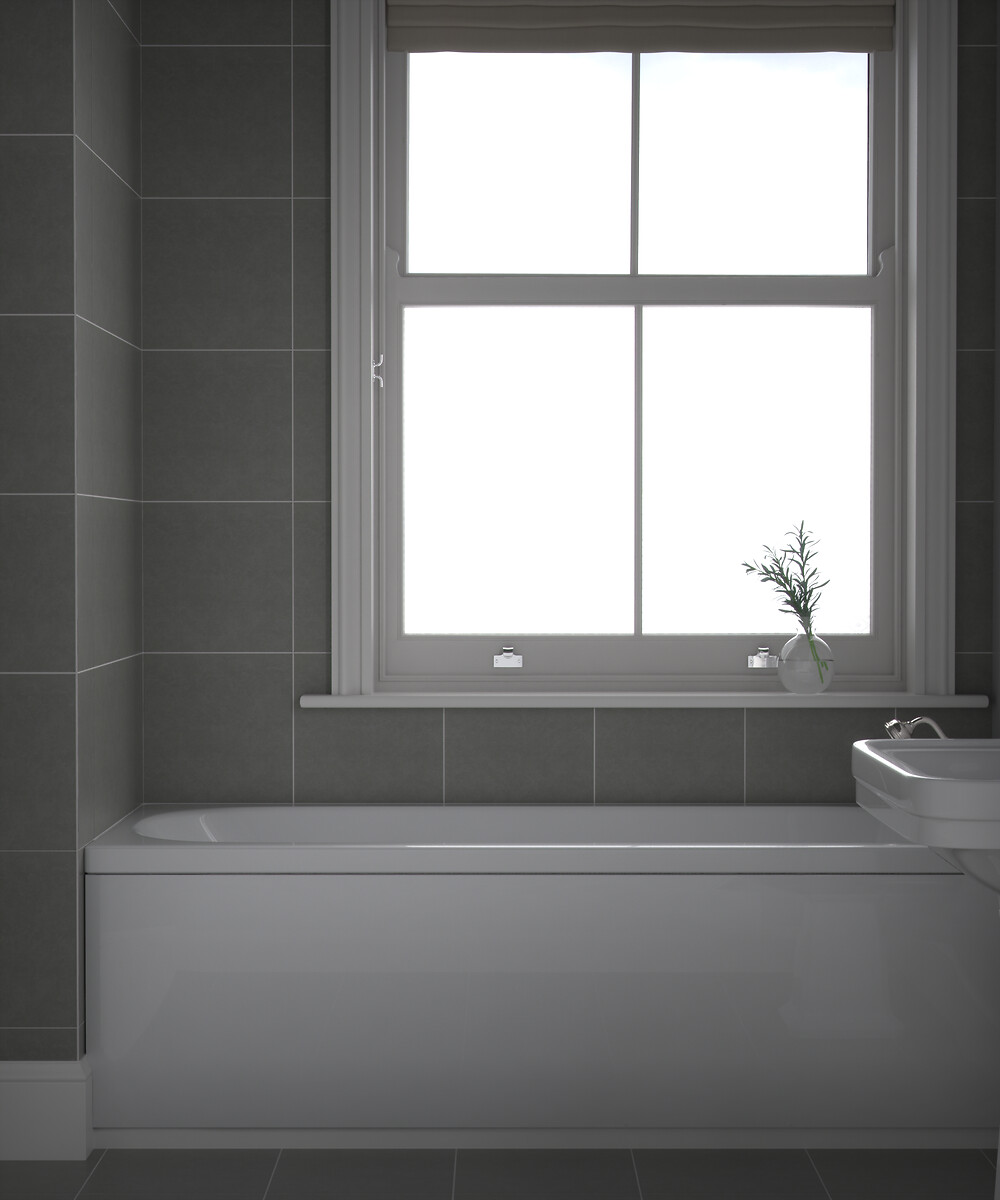
Lakeland Grey Slate Effect Tiles 33 x 33cm
When it comes to cleaning bathroom wall tiles, you can follow these steps:
- Use a dry cloth to wipe away any dust and debris. The cloth must be dry to avoid spreading the dirt around.
- If your tiles are clean already, you can simply use warm water and a microfibre cloth to get rid of any new grime that might have settled.
- However, if you need something a little stronger but prefer natural remedies, then mix with vinegar and baking soda to create a paste. This is a great cleaning solution for bathroom wall tiles so long as your tiles are not made from marble or natural stone.
- Leave the paste on for several minutes to break down any limescale or soap scum before rinsing thoroughly. Don't be afraid to rinse using a detachable shower head where possible.
Bathroom wall tiles can also be cleaned with Fila Cleaner Pro. This product is great because it doesn't leave behind a residue, so you don't have to worry about rinsing. It's also formulated for safe use with most types of tiles.
Cleaning bathroom floor tiles
Bathroom floor tiles should be swept or vacuumed every two weeks. They should also be mopped once a week, or more if necessary. Try not to use bleach or strong detergents on sealed floor surfaces because these can remove the protective seal over time.
Instead, look for a neutral concentrated detergent with low foaming power, such as Fila Cleaner Pro, as this will make mopping quick, easy and safe.
If you really want to give your bathroom a deep clean, you might also want to consider using a steam cleaner. Always check if the steamer youre using is compatible with your tile type to avoid damage. Leave the tiles to dry for a while before giving them a final wipe-over with a cloth. A steamer will also help to kill germs and bacteria.
How to clean natural stone tiles
Natural stone tiles, such as those made from granite, marble or slate can easily be damaged if not cleaned using the right PH-neutral products. So, if any of your tiles fall into those categories, then we'd always recommend investing in a suitable product such as Fila Cleaner Pro. It may seem like an added expense, but think of it more as a long-term investment in your natural stone tiles. Plus, stay away from using anything like a scourer or stiff brush for cleaning as this could end up scratching the surface of the tile (which is something you definitely don't want).
How to clean grout between tiles
If you've ever seen dirty grouting, you'll know that it can spoil the look of a tiled room. That's why grout needs to be cleaned regularly.
As a top tip, always clean the grout before you tackle the rest of the tiles as you'll be surprised how much dirt comes out of the grout.
Grout stain removers or grout cleaners that are suitable for the tile type you have are both great, helping to remove mould, mildew, grime and residue. you can try Fila Instant Grout Remover. This foam-free, rinse-free, quick dry water-based products helps to eliminate fresh cement grout residue in just a short time.
The grout behind cooking areas can also become easily discoloured, so be sure to keep on top of this with regular cleaning.
There are also many safe home remedies that are great for cleaning grout. These include:
- Hot water and a scrub brush. Remember warm water breaks down grease
- Hot water and pure baking soda
- 50:50 white vinegar and water
- Coarse salt sprinkled onto a wet surface and left overnight before scrubbing
- Lemon juice and water
Beware of using bleach-based or harsh products on grouting, especially if its a dark colour as this could cause discolouration and fading.
Tip: Use a grout protector to prevent dirt from building up in the first place.
We highly recommend using Fila Fugaproof Grout Protector Spray on all types of grouting as it prevents water and other substances from being absorbed and causing discolouration. A simple grout protector will prolong the life of your grout and save you from a whole load of housework.
7 top tips clean wall & floor tiles
While cleaning might not be your favourite thing to do, regular tile maintenance can save time in the long run. Why? Because it allows you to keep on top of dirt and grime which in turn saves a mammoth, unpleasant job in the future.
It's much easier to wipe away a bit of newly settled sauce than to tackle grout discolouration that's been caused by settled liquids that haven't been cleaned up properly. Similarly, wiping away soap scum is easy so long as you've not let mould and mildew appear. With this in mind, here are our everyday tips for regular tile maintenance.
#1. Vacuum/Sweep up
If you don't vacuum or sweep on a regular basis, your tiles will blacken. This can be harder to see if they're dark in colour or patterned, but the dirt will still be there.
Chances are your grouting will also look grubby and this is more obvious if the grout between your tiles is white or cream. Houses get dusty quickly and high-traffic areas are prone to dirt being trampled in on shoes. So, be sure to vacuum and sweep daily or weekly at the very minimum. Don't allow dirt to settle so much that it gets pushed into the grout causing discolouration.
#2. Clean spills ASAP
If you've ever cooked with turmeric, saffron, curry powder or other spices, you'll know that these can easily stain tiles and work surfaces.
Coloured sauces can also do the same, so if a spill occurs, be sure to mop it up quickly. The longer its left, the more likely it is to discolour the tile or grout. The stain might also be harder to remove without a significant amount of elbow grease or a chemical product.
#3. Regularly clean with disinfectant
Dirty tiles and grouting can lead to poor hygiene, so it's important to keep your tiles sparkling by cleaning them with disinfectant. Remember, citrus fruits such as lemons are natural disinfectants with many antibacterial qualities to keep germs at bay.
Alternatively, you could invest in a tile-safe disinfectant that will get rid of bad smells and dirt without damaging your tiles in any way. Always read the instruction label to make sure the disinfectant you're using is suitable.
#4. Safe home remedies
Believe it or not, you don't have to spend a fortune on cleaning products that might be toxic and expensive. Instead, you already have a wide range of effective cleaning products in your cupboards like lemon juice and white vinegar.
Regular cleaning with safe products makes the whole process so much easier, so get organised and make cleaning fun rather than a chore. Here are some home remedy top tips.
50:50 white vinegar and water
As already mentioned, filling up a spray bottle with a 50:50 solution of water and white vinegar is a great idea for hassle-free cleaning.
Vinegar helps to break down dirt and grease, while water dilutes the vinegar so that its safe to apply directly to delicate surfaces. Be sure to buff your tiles afterwards to avoid streaks.
#5. Use cloth for glossy tiles
Glossy tiles can be easily cleaned with a dry cloth. Dust shows up easily on light colours, particularly white tiles, and can be spread with a wet cloth. So, get a clean, dry cloth and lightly dust over all of your tiles. If you've got any old t-shirts, these can be cut up into squares and used as eco-friendly dusting cloths.
#6. Wet toothbrush for textured tiles
Textured tiles are not the easiest to clean but they do look good. Thankfully, there's a way to keep them sparkling for longer. Simply take a wet toothbrush and scrub each tile to remove any dust and dirt. You can also mix three cups of baking soda with one cup of water and apply it to textured tiles before giving them a good scrub. This mixture will also help to restore grout to its former glory.
#7. Use the best tile cleaner?
With so many different cleaning options available, it can be difficult to know what to choose. You can go down the completely eco-friendly route using a wide range of natural abrasives such as salt and sugar but be careful that these don't scratch surfaces such as marble.
You can also make the most of the store cupboard items mentioned heavily in this article like lemon, baking soda and white vinegar. Or you can invest in professional cleaning products, such as:
- Dex Professional Tiling Sponge
- Dex Grout Clean Up Pads
- Fila Fugaproof Grout Protector Spray
- And, if you're looking for a safe, effective and affordable product that'll keep your tiles looking new for longer, don't forget Fila Multi Surface Cleaner.
Not only does it remove dirt and grime quickly, but it does so without attacking or damaging tiles. Fila Multi Surface Cleaner is a must-have, neutral detergent for anyone looking to keep their kitchens and bathrooms spic-and-span.
Benefits of Fila Cleaner Pro
- It is suitable for use on many different tile types and surfaces including porcelain, ceramic, marble, natural stone, granite, concrete, wood, plastic, laminate and more.
- It does not affect treated or delicate surfaces and does not have to be rinsed after use.
How to use Fila Cleaner Pro
Fila Cleaner Pro can be used in many different ways depending on your requirements. But if you're looking to maintain the cleanliness of all surfaces, simply dilute Fila Cleaner Pro at a ratio of 1:200. This equates to 25 ml in 5 litres of water. If you're tackling more stubborn dirt, you can make the mixture more concentrated.
Need more information?
If you have any questions regarding selecting the right tiles for your home, then feel free to contact our Customer Services team.



